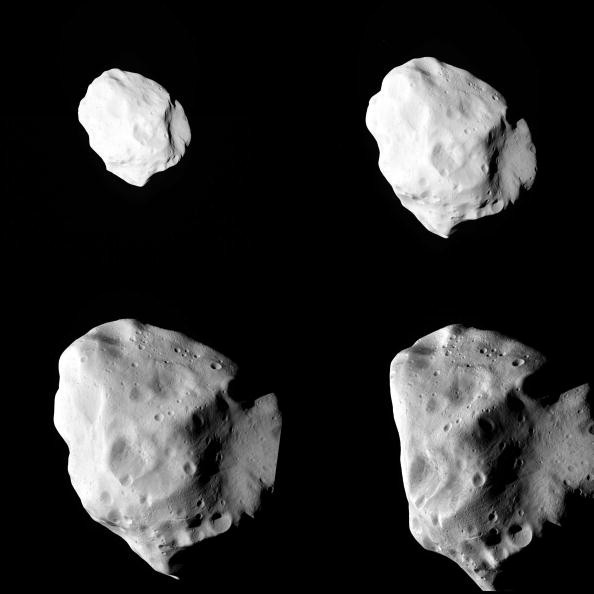There is an obvious difference between comets and asteroids which are two types of rocks hanging out in space.

Space Rock
Typically, comets come from the outer solar system, possessing long, elliptical orbits. They contain ices that began to sublimate when the comet reaches nearer to the Sun, producing a dusty, misty atmosphere referred to as called a coma, as well as the popular cometary tails.
Normally, asteroids hang out in the main asteroid belt which is between Mars and Jupiter, with orbits that are more similar to those of the planets. Also, they are believed to be quite dry and rocky, so there is no possibility of them engaging in the beautiful outgassing noticed in their more distant relatives.
However, a space rock that was newly discovered seems to possess features of both. It is referred to as (248370) 2005 QN173, and it usually hangs out in the main asteroid belt the same as millions of other asteroids. It moves around the Sun in a satisfying, almost-circle planet manner.
Main-belt Comet
Similar to the comet, in July 2021, it was noticed that 248370 was showing hints of outgassing when it reaches very close to the Sun - perihelion - and a lengthy, cometary tail.
There is a chance this would make it a rare hybrid of both - the type of object called an active asteroid or main-belt comet.
It's one out of only 20 or thereabout of these difficult-to-see objects - among the more than 500,000 familiar main-belt objects that scientists have had a suspicion of being main-belt comets, and only the eighth object of this kind verified. Besides, astronomers have found out that the object has been active not just once.

What Makes These Objects so Interesting?
Planetary Science Institute astronomer Henry Hsieh said: "This behavior strongly indicates that its activity is due to the sublimation of icy material.
"248370 can be thought of as both an asteroid and a comet, or more specifically, a main-belt asteroid that has just recently been recognized to also be a comet. It fits the physical definitions of a comet, in that it is likely icy and is ejecting dust into space, even though it also has the orbit of an asteroid."
Hsieh also said that this duality and dimming of the border between what were previously believed to be two different types of objects - asteroids and comets - is a major part of things making these objects very interesting.
On the 7th of July, 2021, the behavior of 248370 was found in data from the robotic astronomical survey Asteroid Terrestrial-Impact Last Alert System (ATLAS). Lowell Discovery Telescope took a Confirmation observation that showed pronounced signs of a tail, and a reading of the data from the Zwicky Transient Facility revealed that the tail emerged very early - 11 June.
Related Article : Asteroid Three Times Bigger Than Statue of Liberty Will Hurl Past Earth on Fall Equinox
For more news, updates about space rocks and similar topics don't forget to follow Nature World News!
© 2025 NatureWorldNews.com All rights reserved. Do not reproduce without permission.





